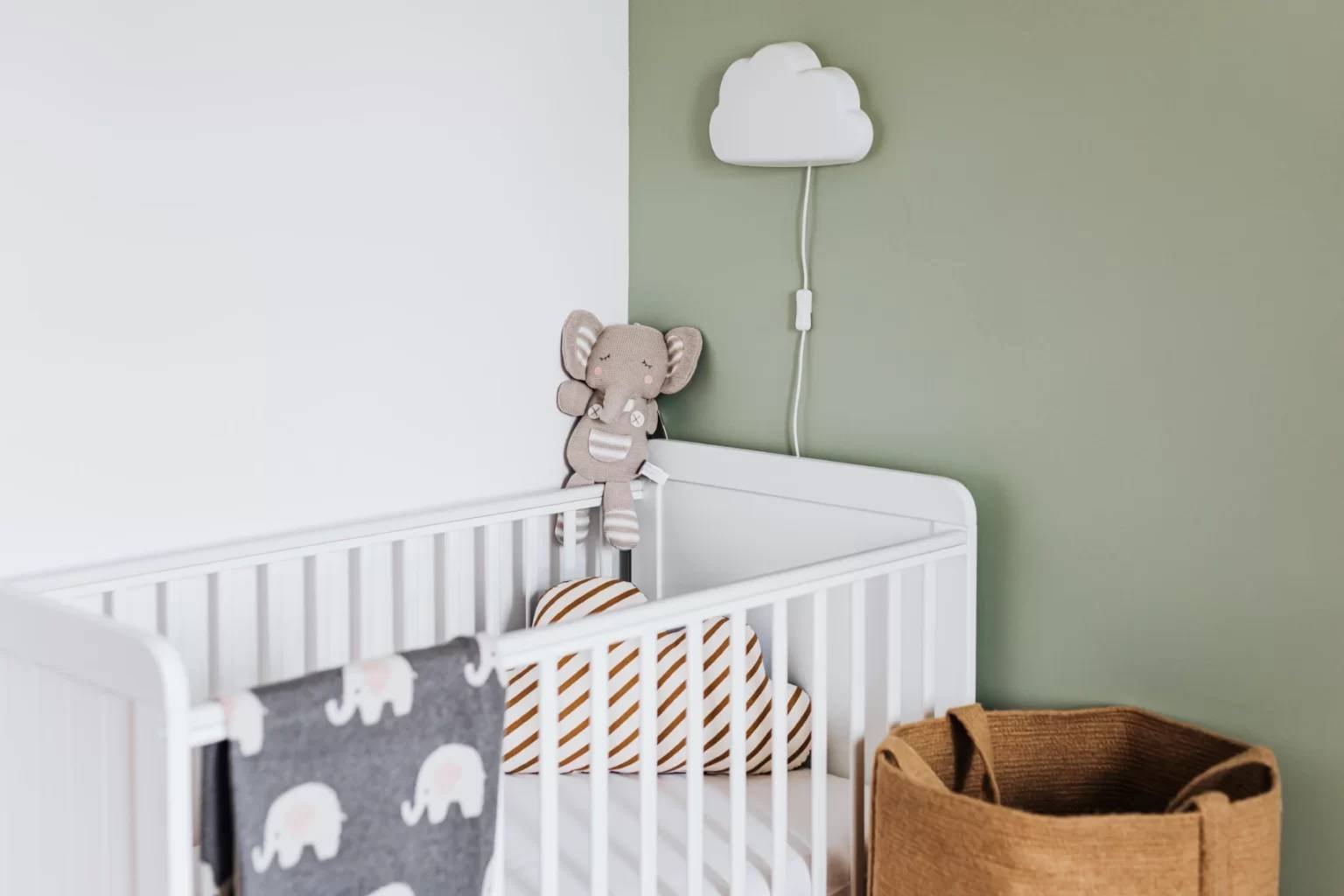Baby Sleep Safety Tips
Creating a safe sleep environment is crucial for your baby's well-being and peace of mind. By implementing proper safety measures, you can minimize risks and promote restful nights of sleep. In this blog, we'll explore essential baby sleep safety tips to create a secure sleep environment for your little one.
Creating a Secure Sleep Environment
Let's dive into the world of baby sleep safety! As a new mom, taking care of your baby's sleep can feel overwhelming. But fear not, I`ll take you through the simple and essential tips to ensure that your baby gets a restful and secure night's sleep.
Safe Sleep Positioning
It`s crucial and make this a priority over everything else! There, I said it. Ensure your baby sleeps on their back to reduce the risk of sudden infant death syndrome (SIDS) and promote better breathing. Avoid placing them on their side or stomach.
Choosing the Right Crib and Mattress
When choosing a crib, select one that meets safety standards and has no missing or broken parts. Check the slat spacing to prevent entrapment. Use a firm mattress that snugly fits the crib without gaps.
Safe Bedding Practices
Less is more here! To prioritize your baby's safety during sleep, it's crucial to avoid using soft bedding items such as pillows, blankets, or crib bumpers. These items pose suffocation hazards and risks that can be very dangerous for babies. Instead, opt for appropriate sleepwear, such as onesies or pajamas, and use a fitted sheet on the mattress. These adjustments will create a safer and more comfortable sleeping environment for your baby and you can sleep peacefully knowing your baby is safe.
Room-Sharing for the First Year
Furthermore, the American Academy of Pediatrics (AAP) recommends room-sharing without bed-sharing for at least the first six months and ideally the first year. But I say up to a year, so you are around to come in as soon as the need arises. By keeping your baby's sleep area in the same room as your bed, you can easily monitor them and promptly respond. This is especially important for those diaper changes and of course middle-of-the-night feedings!
Temperature Regulation
Absolutely vital! Maintaining a comfortable room temperature between 68-72°F (20-22°C) is important for your baby's sleep environment. Dress your baby in appropriate sleepwear to prevent overheating or getting too cold. Regularly monitor the room temperature using a reliable thermometer to ensure a comfortable sleep environment for your little one. I myself have a small room thermometer I bought off Amazon just because I don`t trust the one my building has, because I always feel that the room is either hotter or cooler than what the thermostat shows.
Smoke-Free Environment
Do I even need to put this here, its a given! Creating a smoke-free sleep environment is essential for your baby's well-being. Second-hand smoke increases the risk of SIDS and respiratory issues. Ensure your home remains smoke-free to provide a healthy and safe space for your baby to sleep.
Breastfeeding and Pacifier Use
Breastfeeding is associated with a lower risk of SIDS. Additionally, consider offering a pacifier at naptime and bedtime. However, it's important to respect your baby's preference regarding pacifier use. And to add to that, I personally don`t recommend a pacifier as it eventually just becomes a sleep prop and your baby will start relying on it to sleep or to stay asleep. But if you want to use it, go right ahead.
By following these essential safe sleep practices and incorporating recommended measures, you can create a secure and conducive sleep environment for your baby. Additionally, always prioritize safety, comfort, and close monitoring to ensure your little one gets the restful sleep they need for healthy growth and development. Ultimately, by implementing these guidelines, you can establish a peaceful sleep routine for your baby, fostering their well-being and providing you with peace of mind.
By diligently following these essential baby sleep safety tips, you can effectively create a secure sleep environment for your little one.
Let`s summarise these important tips again. YES, memorise it!
Ensure safe sleep positioning
Choose a crib and mattress that meet safety standards
Practice safe bedding practices
Consider room-sharing for the first year
Regulate room temperature
Maintain a smoke-free environment
Consider breastfeeding and pacifier use.
To learn more about baby sleep safety, you can consult with me and I`ll be happy to answer any questions. Or you can pop into my Instagram or Tiktok and leave a comment.
Book your free 30 minute sleep assessment for more personalized advice.


